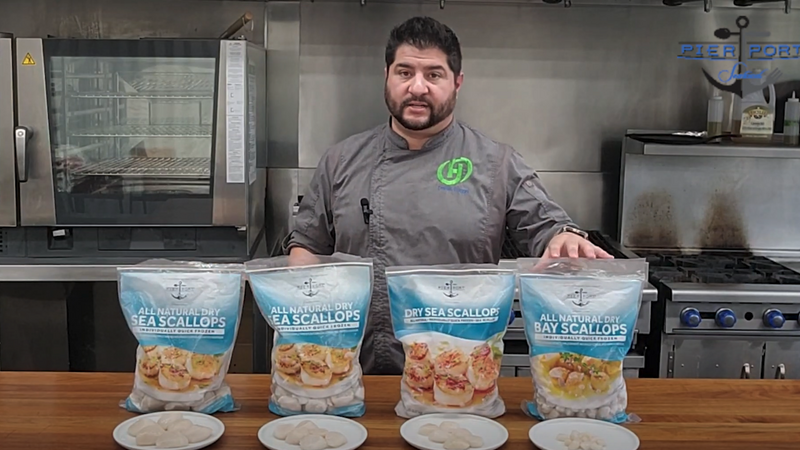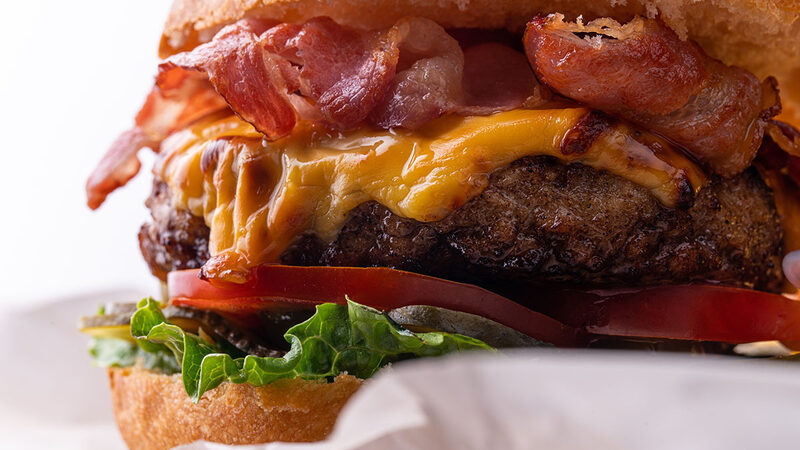News
September 08, 2021
Right Sizing Your Menu (Again)

Right Sizing Your Menu (Again)
Andy Cook, Harbor Foodservice Restaurant Consultant
andy.cook@harborfoods.com
While the pandemic hit our industry hard (and repeatedly), necessity provided several beneficial opportunities as well. For some, “right sizing” their menus in terms of scale and pricing has been a recurring practice. For many, their last pass predated the lifting of restrictions.
During the earth-shaking pandemic restrictions, we adjusted our menus to adapt for takeout, delivery, and to varying periods of time, limited dining room capacity. It was a critical project attended with urgency. The pandemic aftershocks since the easing of restrictions; labor shortage, pent-up demand, full capacity, and supply chain rebuilding has most feeling a resurgent urgency to reassess.
The top-of-mind concerns now are:
- How can I engineer my menu to keep pace with demand while taking stress off my staff - especially the BOH talent?
- How much and where is my pricing off?
- What is this potential imbalance costing my business?
Right sizing your menu is a tedious, potentially attention demanding project, at a time when we’re barely able to keep up with our most immediate demands. Depending on your available bandwidth, there are good, better, and best methods you can use towards addressing such a dynamic.
Good: Go on instinct
This is common and while admittedly a bit scattershot, WAY better than doing nothing. There’s little precision to it, but instinct is understanding internalized… If you feel it’s off, you’re probably more right than wrong. In these disruptive days, whatever methods to verify your instincts will pay dividends.
- Remove the menu items that add complexity to your kitchen.
- Alleviate demand on an over worked station. For example, if your fryer station is routinely behind and adding time to tickets, trim that down.
- Increase prices by a dollar on food and 50 cents on drinks.
Better: Draw guidance from your POS
This is a good habit to incorporate into your business, even if it’s on a seasonal schedule. For now, I strongly recommend upping that to monthly. If going on instinct is good, better is taking a trust-but-verify approach with POS reports.
- Take the considerations of Good; removing complex items and balance out the demand of stations best you can.
- Run an itemized sales report starting from when restrictions lifted and export it as a spreadsheet.
- If you can isolate the reports by menu and/or dayparts - GREAT!
- If you’re set up to identify in-house vs. takeout - also GREAT!
- Sort your spreadsheet by the column reporting “Items Sold” to identify your highest and lowest volume menu items.
- Don’t ignore the middle. Illuminating insights will present themselves that can inform positive actions.
Best: Knowing plate costs and how distribution disruptions affect them.
Getting to this point is tedious, but it is so important! When you have this level of insight into your product, key factors will maximize your right sizing. Knowing your plate costs will allow you to factor profitability into your menu revisions. Some high profit plates can be under performers and slated to be edited out… when you know what they are, you can choose to keep and emphasis them.
Don’t let the urgent be the enemy of the important. The scale of such a project often renders this a non-starter. Start picking away at building or renewing your recipes the same way you’d eat an elephant, one bite at a time.
- Run the itemized POS report.
- Using a word processing program such as Microsoft Word, Google Docs, etc. (more on why soon), start with your top 5-10 items. If you’re in the groove, keep going till you’re not.
- Repeat the practice again adding 5+ more to your recipe document.
- Even if you only make it to your top 30 items, you’ve likely covered 70-80% of your business.
- BEST PRACTICE: Get your recipes into a POS integrated program for automated tracking.
- Having your recipes recorded into a word processor will make the programming Copy/Paste easy.
- Most POS systems have a recipe manager built in and there are many 3rd party Integrators that will support this. They’re rather imprecise and can take up to a month for rich P&L reports, but it’s still valuable data.
- PRO-TIP: Check out MarginEdge then get it. Seriously, this is the most user-friendly, robust, and turnkey solution. It will integrate with your POS, accounting software, and supply chain and provide accurate and almost immediate (1 day) P&L and product insights at a bargain cost that pays for itself by multiples.
Are you a Harbor Foodservice customer who’s intrigued by MarginEdge? Contact myself or your Sales Consultant. We have a partnership with MarginEdge that will provide you with a free trial period, special pricing, and local support.


